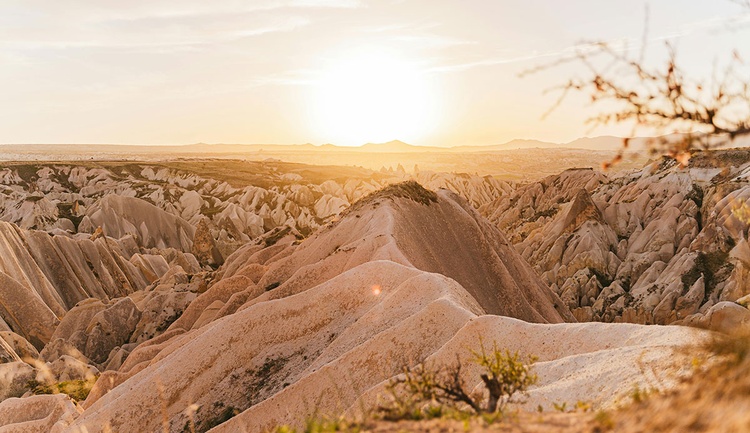“A ghost does not have flesh and bones, as you see I have,” Jesus told His fearful disciples after His resurrection (Luke 24:39). Yet countless Christians imagine themselves as ghosts, disembodied spirits, in the eternal Heaven. The magnificent, cosmos-shaking victory of Christ’s resurrection—by definition a physical triumph over physical death in a physical world—somehow escapes them.
If Jesus had become a ghost and did not physically rise from the dead, He would not have accomplished our redemption. When Jesus lived in His resurrection body, He demonstrated, in mostly normal ways—walking and eating and drinking and talking—how we would live as resurrected human beings. He also demonstrated where we would live—on Earth, where He lived for forty days after He rose.
“The Lord Jesus Christ... will transform our lowly bodies so that they will be like his glorious body” (Philippians 3:20–2 1). As Jesus rose again and lived in a physical body on Earth, so we too, in bodies like His, will rise again to live on a renewed Earth (see 1 Thessalonians 4:14; 1 John 3:2; Revelation 21:1–3).
On the cross Christ paid the qualitatively eternal punishment for our sins. Because He, due to His redemptive work, is forever scarred in His resurrection body (John 20:25–29), we will forever be without scars in ours.
Our bodily resurrection will return us to an earthly life, this time freed from sin and the Curse. Our resurrected bodies will have some essential connection to the bodies God created for us here, but will be flawless (see 1 Corinthians 15:49). We know the resurrected Christ looked like a man because Mary, in the morning dimness, through her tears mistook Him for the gardener at the tomb and called Him sir (see John 20:15). Jesus, in His raised body, didn’t hover or float. He started a fire, cooked fish for His disciples, and said, “Come and have breakfast” (John 21:12).
One day Christ appeared in a locked room where the disciples had gathered (see John 20:19). They could touch Him and cling to His body, and He could consume food; yet that same body could vanish and “materialize” as well. Might the molecules of our own resurrection bodies pass through what we think of as solid materials? We don’t know yet, but won’t it be fun to find out?
The wonders of our resurrected bodies and our future lives on the New Earth await us. But as we enjoy them, day after day, surely we’ll look back to this life with profound gratitude for how God used everything, even evil and suffering, to prepare us for our eternal home.







